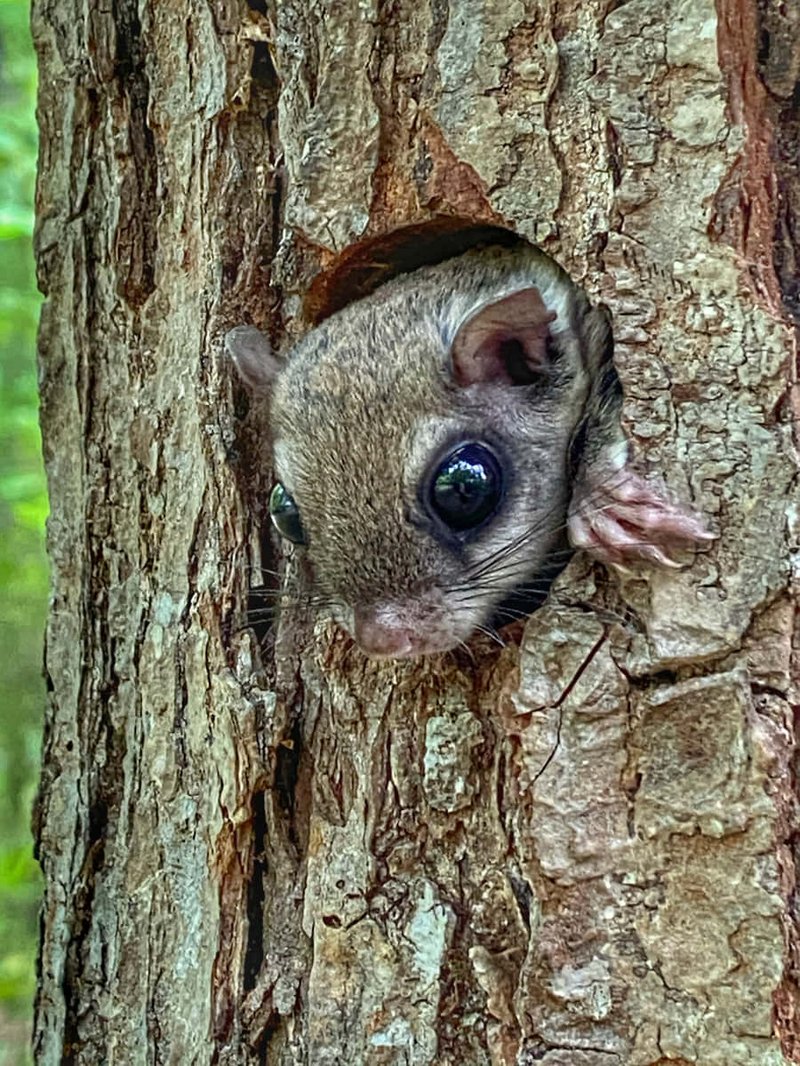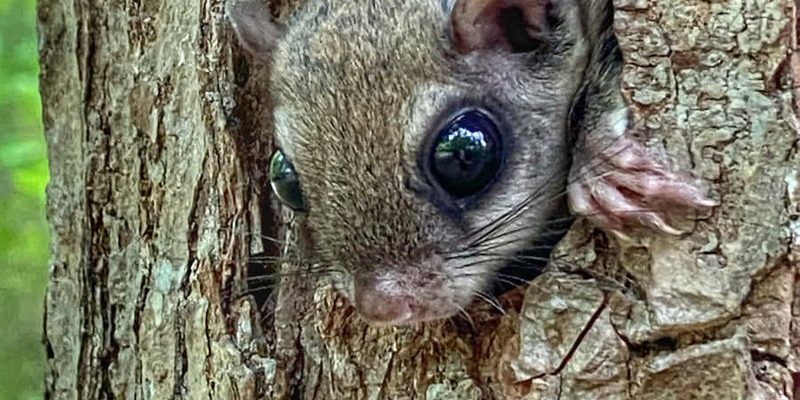
You might be surprised to learn that flying squirrels aren’t as scary as they sound. They’re mostly nocturnal, which makes spotting them a bit rare. If you do encounter a flying squirrel, it can be a unique experience. You don’t need to panic or run. Instead, think of it like meeting a little woodland gymnast. Let’s dive into what you should do if you ever encounter one of these fascinating creatures.
Understanding Flying Squirrels
Flying squirrels belong to the family Sciuridae and can be found in many parts of North America. Unlike their more common squirrel cousins, flying squirrels don’t actually fly. Instead, they glide! They have a special membrane called the patagium that stretches from their wrists to their ankles, allowing them to soar gracefully through the air.
You might be wondering why they developed such a unique ability. Gliding helps them escape predators while foraging for food. Plus, it allows them to cover a greater distance in search of tasty treats like nuts, fruits, and even some insects. Their large eyes help them see well at night, making them skilled foragers after dark.
These little creatures typically live in tree cavities or nests made from leaves and twigs. They’re social animals and often reside in groups, which can make them even more endearing to watch. Their soft, furry bodies come in a variety of colors, from gray to brown, blending perfectly with their forest surroundings.
Keep Calm and Observe
The first thing to do if you encounter a flying squirrel is to stay calm. Just like any wild animal, they can sense your energy. If you’re panicking, they might feel threatened. So, take a deep breath and enjoy the moment.
You can stand still and watch the squirrel from a safe distance. Observe its behavior—are they eating, grooming, or just resting? This can tell you a lot about their mood. If they seem relaxed and continue their activities, it’s safe to enjoy the show.
You might even consider taking a few pictures—just be sure to do so from afar. Remember, the goal is to appreciate these amazing creatures without invading their space. Like artists performing in nature’s theater, they might not want an audience too close to the stage!
Assessing the Situation
Once you’ve taken a moment to enjoy the sight, it’s essential to assess the situation. Is the flying squirrel acting unusually? For instance, if you see one during the day or it appears lethargic, it might be injured or sick.
If you suspect the squirrel needs help, it’s best to contact a local wildlife rehabilitation center. Don’t try to approach or handle the animal yourself. These squirrels can bite if they feel threatened, and wild animals can carry diseases. It’s always better to let professionals handle the situation.
On the other hand, if the flying squirrel seems healthy and active, you can just let it be and continue your own adventure. The joy of nature is in its spontaneity, and you’ve just witnessed a little piece of it!
How to Safely Enjoy Their Environment
If you’re in an area known to have flying squirrels, there are ways to enjoy their presence safely. Start by making noise as you walk through the forest. Wild animals are often aware of their surroundings, and a little noise can help you avoid startling them.
You can also observe their preferred habitats. Flying squirrels love dense forests with plenty of trees, particularly those that provide cavities for nesting. Look for them in areas with abundant oak, hickory, and maple trees, which provide food and shelter.
When watching wildlife, patience is key. Bring a book or some snacks, and find a quiet spot to sit and observe. You might be surprised at how many animals come out to explore when you’re sitting quietly!
What If You Want to See One Up Close?
If you’re curious and want to increase your chances of seeing flying squirrels, consider going on a guided night hike. Many parks offer wildlife tours focused on nocturnal animals. These guided tours can provide valuable insights into their behaviors and habitats while keeping you safe.
Another option is to set up a wildlife camera near areas where you suspect flying squirrels might be active. These cameras can sometimes capture amazing footage of these gliders in action. Watching them glide through the trees at night can be a fantastic experience!
Just remember, it’s crucial to respect their space. Avoid feeding them or trying to lure them over to you. Wild animals thrive best when they’re left to their natural behaviors.
Understanding Their Role in the Ecosystem
Flying squirrels play a vital role in their ecosystems. As they forage for food, they help disperse seeds, which contributes to forest growth and health. This means that by providing food for themselves, they’re also helping plants grow.
Additionally, their presence can be an indicator of a healthy environment. When flying squirrels are thriving, it often means that the forest is in good shape, with plenty of food sources and a balanced ecosystem. Healthy forests support a wide variety of wildlife, both big and small.
By recognizing their role, we can appreciate these creatures even more. They may be small, but they contribute significantly to keeping our forests vibrant.
Encountering a flying squirrel in the wild can be an unforgettable experience. With a little knowledge and a calm approach, you can enjoy observing these charming gliders while respecting their space and habitat.
Whether you’re simply passing through the woods or actively seeking out wildlife, remember that nature is always full of surprises. Next time you find yourself in the great outdoors, take a moment to look up into the trees—you never know what you might see soaring above you. Enjoy the beauty of nature and the adventures it holds!

